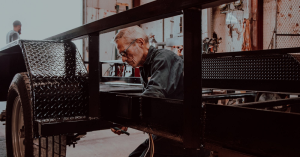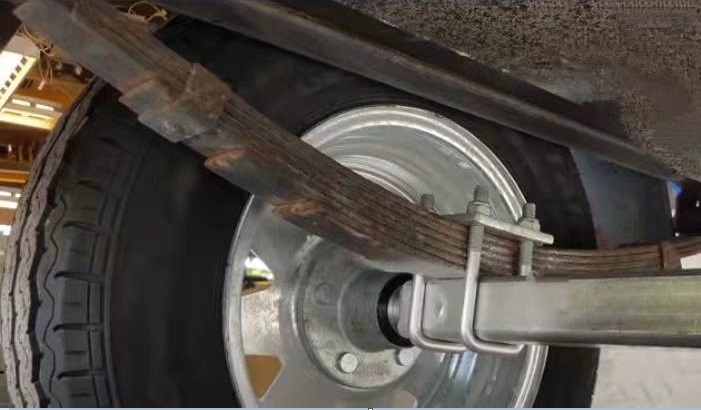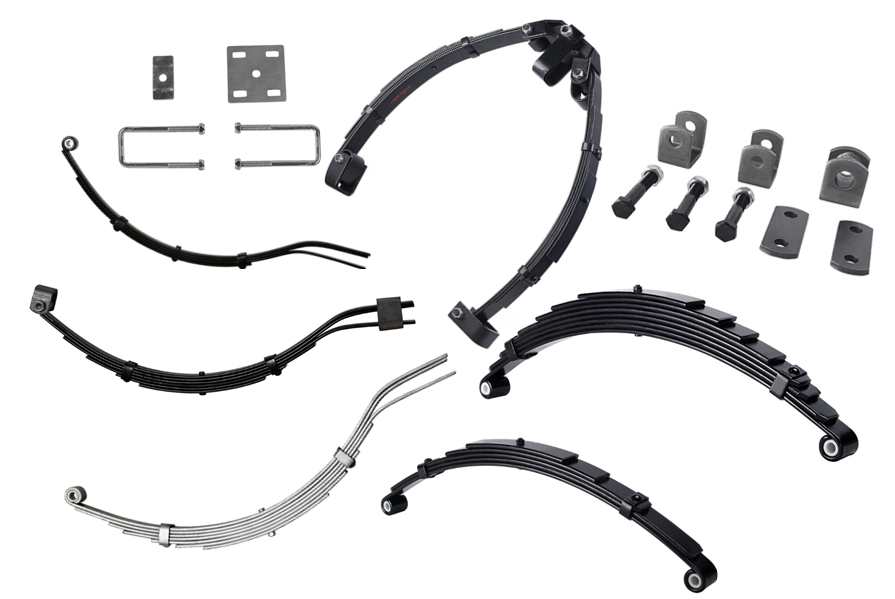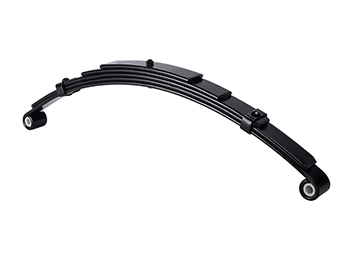

1.What Leaf Springs Do For Your Vehicle?
2.What Material Are Leaf Springs Made Out Of??
3. What Does a Leaf Spring Do?
Leaf springs play a crucial role in ensuring a smooth and comfortable ride.These springs are designed to absorb shocks and impacts from the road surface, preventing you from feeling every bump and dip while driving.Furthermore, they bear the weight of your vehicle, keeping the chassis from dragging on the ground, which is essential for both safety and the longevity of your vehicle.Properly functioning leaf springs also contribute to maintaining your wheels in proper alignment, ensuring stability and control while driving.Without leaf springs cushioning the ride, driving would be an extremely jarring and uncomfortable experience.So, the next time you enjoy a smooth and comfortable ride in your vehicle, remember to appreciate the role that leaf springs play in making it possible.

Leaf springs, also known as leaf suspension, are a fundamental component of a vehicle’s suspension system, typically found at the rear. Their primary role is to support the weight of the vehicle and absorb the shocks and irregularities of the road, contributing to a smoother and more controlled driving experience.




Our trailer parts expert will answer your inquiries within 12 hours.

Tow-Max is a trusted supplier of trailer parts in China, known for its huge variety of products and one-stop services. We have been supplying customers from Australia, South America, the USA, and the Middle East. Our business partners are located in Sydney, Melbourne, Adelaide, Mexico City, Dubai, etc.
No.163-1, Shang yang Road, Dongqian Lake Industrial Zone, Ningbo, 315121, Zhejiang, China
+86-574-8786-2718
+86-574-8786-2717
sales(at)soaringtrailerparts.com
©Copyright 2020. Tow-Max. All rights reserved. Powered by MML.